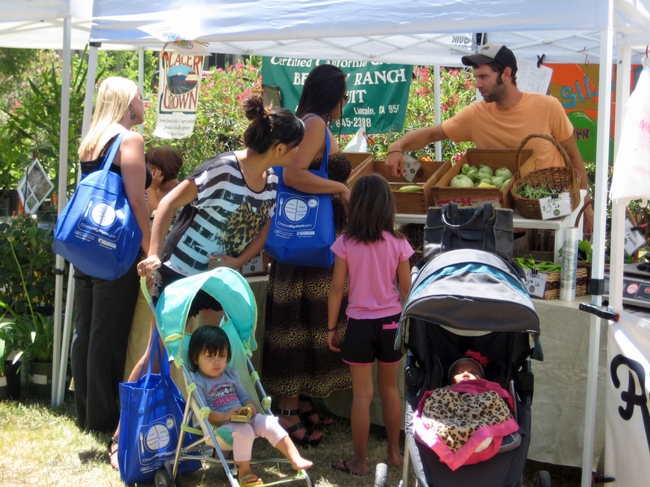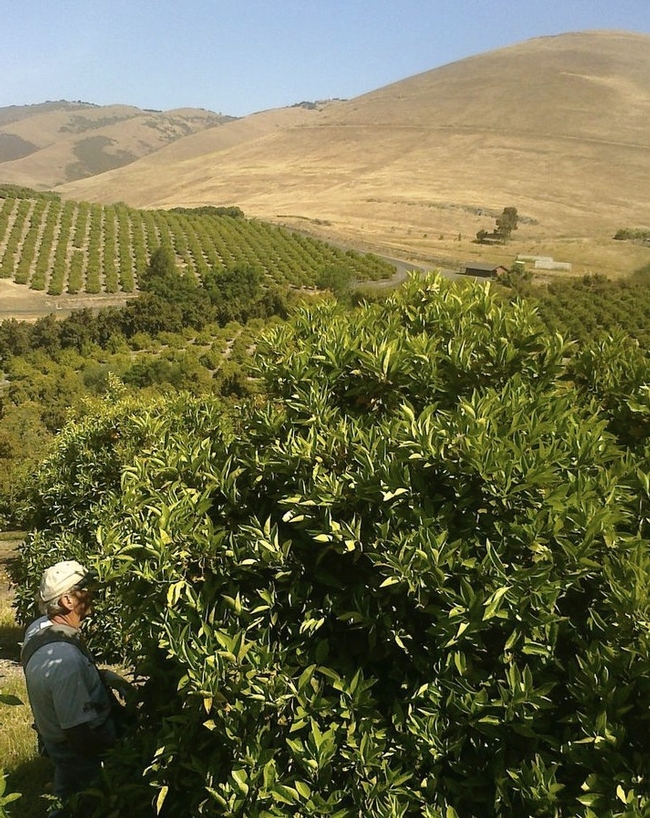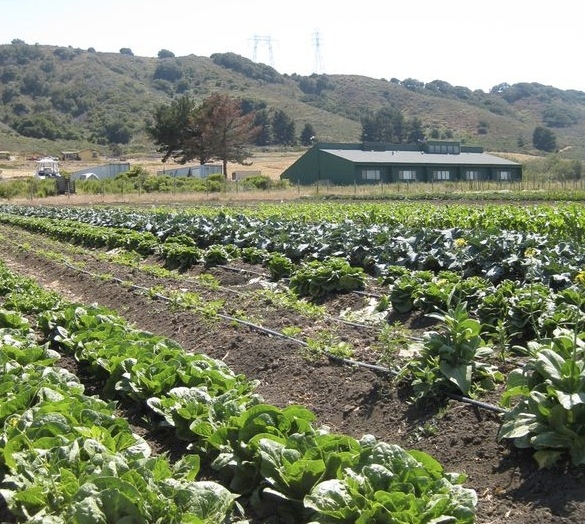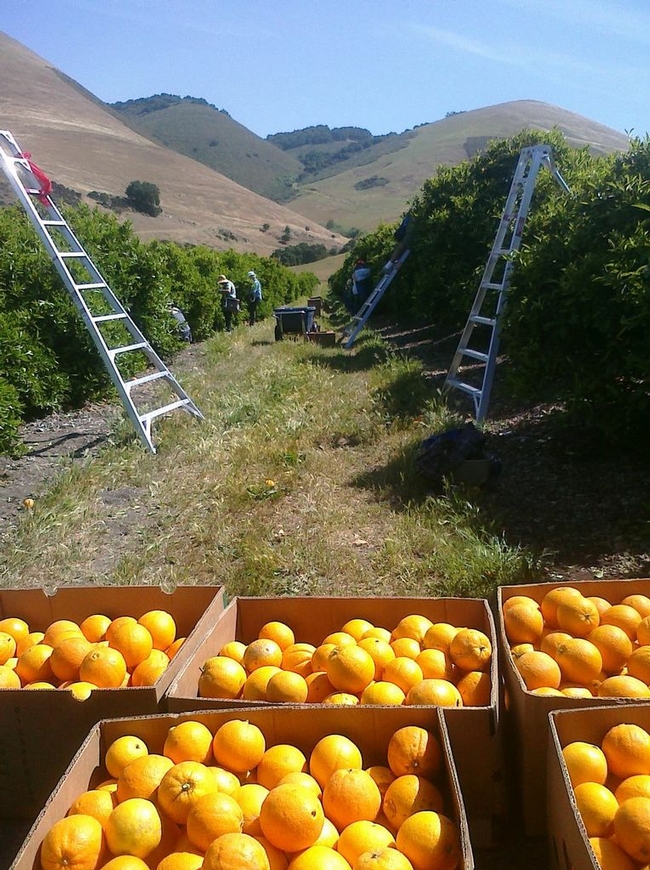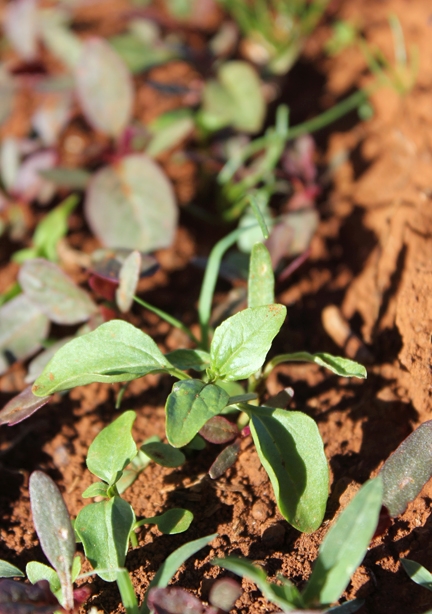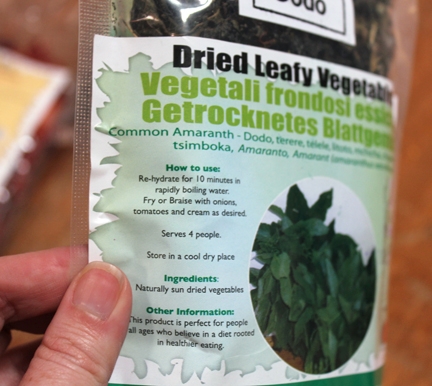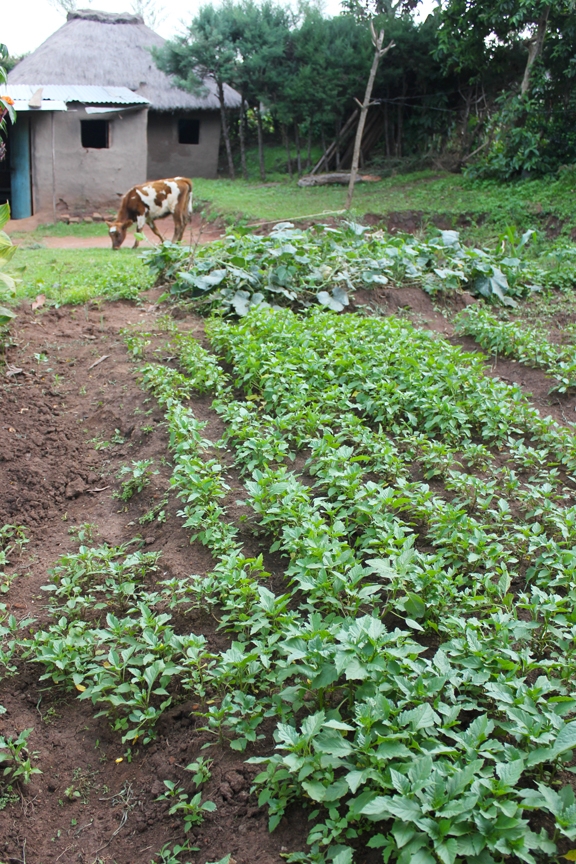UC Food and Agriculture Blogs
Mothers in Recovery gain healthy eating skills
Mothers who have overcome addiction are learning from UC nutrition educators in Placer County how to improve their lives and their children's lives with healthful eating.
The women, participants in Mothers in Recovery, meet once a week for up to one year to boost life skills and support one another through a challenging period of their lives. Four times, they are joined by UC Cooperative Extension nutrition educators to learn healthy eating on a budget.
“Our curriculum – Plan, Shop, Save and Cook – is very simple and has great visuals,” said Molly Klumb, the UC community nutrition education specialist who works with the Placer County moms.
For each session, Klumb brings bags full of fresh seasonal produce from the local farmers market. She demonstrates a healthy recipe, and sends the women home with produce to cook for themselves and their families.
“Some will flat out say they don't like it,” Klumb said. But she sees gradual improvement week to week.
“Once I made a salad with fresh beets and carrots,” Klumb said. “One mom said, ‘I have always seen beets in the store, but haven't ever tried them. I really like them and now include them with dinner after trying that recipe.'”
During another lesson, the mothers were shown how to make fruit- or vegetable-infused water as a thirst quencher. After learning the detrimental health impacts of drinking sugar-sweetened beverages, one mom declared, “I'm never going to buy soda again! I'm going to just make this infused water. It's better for you plus it's cheaper.”
The four sessions cover:
- Plan – Planning meals and making shopping lists to avoid impulse purchases and last-minute trips to the grocery story.
- Shop – Taking time to carefully read nutrition facts and ingredient lists on food labels when at the grocery store.
- Save – Learning to spend less by comparing unit prices, buying in bulk, selecting store brands, avoiding “extras” like chips and soda, and, if possible, shopping without the children.
- Cook – Practicing how to read and follow recipes and cook the food that was purchased.
The final class is conducted at the farmers market, where the mothers each receive a $20 voucher to buy healthy food for their families.
To date, 30 moms have participated in the four-session series led by UC CalFresh, a University of California nutrition education program for people who receive CalFresh benefits. Funds for the food purchases are provided by Nutrition BEST, a program administered by UC Cooperative Extension for First 5 Placer County.
Following is the recipe for grated beet salad that was shared with the Mothers in Recovery:
Grated beet salad
Yield: 6 servings
Time: 25 minutes
Ingredients
- 3-4 tablespoons vinaigrette (see recipe below)
- 3 medium beets, peeled and grated
- 4 medium carrots, peeled and grated
- ½ cup basil, chopped
- Salt and pepper, to taste
Directions
- In a large bowl, add beets, carrots, basil and vinaigrette. Toss to combine.
- Taste and adjust for seasoning.
- Serve.
Basic vinaigrette dressing
Ingredients
- 3 tablespoons cider or other vinegar
- 1 clove garlic, finely chopped
- 1 teaspoon sugar
- ¼ teaspoon prepared mustard
- ½ teaspoon salt
- Pepper, to taste
- ¼ cup olive oil
Directions
- Combine first 6 ingredients
- Whisk mixture while slowly adding oil.
- Serve immediately. Leftover dressing can be refrigerated up to one week.
Bagrada Bug Moving Northward
The Bagrada bug is a small, colorful stink bug that is becoming more common in California gardens and landscapes. First found in Los Angeles County in 2008, this new invasive pest has spread to all the southern California counties and has been moving...
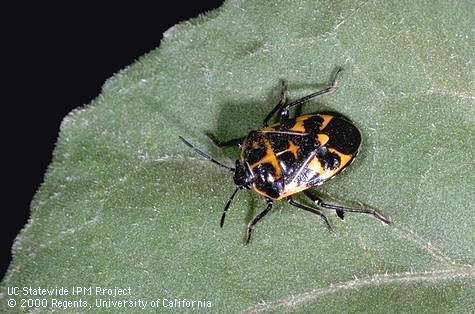
The harlequin bug, a common garden pest, is similarly colored but has different markings and is 3 times larger than Bagrada bug.
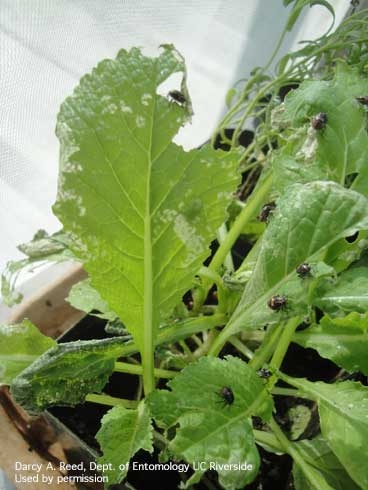
Bagrada bugs and their damage on mustard greens.
San Luis Obispo County local food roots are strong, can support growth
A close look at a county's food system is a powerful way to understand the county's health and prosperity. The food system incorporates every county resident - from farmers who grow food, to truckers who transport it, food workers who prepare it, and everyone who buys, eats and disposes of food.
A new report assessing San Luis Obispo County's food system links the vitality of the county's agriculture with the health of its residents and its food businesses.
Conducted by the UC Sustainable Agriculture Research and Education Program (UC SAREP) and Central Coast Grown (CCG), the San Luis Obispo County Food System Assessment examines the relationships between agriculture, regional environmental quality, human health and local livelihoods.
“We found that the county food system in San Luis Obispo is thriving with increased agricultural sales and school districts beginning to participate in garden-based education,” says Jenna Smith, executive director of Central Coast Grown. “But there are many opportunities for improvement. With excitement building around local food and improved nutrition, it's vital for a county to see an honest accounting of where it stands in those arenas.”
In 2007, farmers in San Luis Obispo County sold agricultural products valued at $4.3 million directly to consumers, an increase from previous years. The report suggests that continued promotion of local and direct marketing of food can assist all producers, including new farmers, in entering the marketplace and bolstering the local food system overall.
Those markets will be especially important as the number of farmers in the county grows. In 2007, there were 850 more agricultural producers than 10 years prior. But the majority of farms in 2007 reported gross sales of under $250,000 per year, with nearly half of all farms in the county reporting less than $5,000 in annual sales.
“Unfortunately, we have little information available to define who these small-scale farmers are, what they are growing, how they impact local employment, and how they might interact with the local food system,” said Mary Bianchi, director of UC Cooperative Extension in San Luis Obispo County, who advised on the report. “We need a better understanding of what these farmers produce, and how they can better participate in the local food economy.”
One potential way to increase that participation is to identify food processing and distribution capacity in the county and find ways to expand them, the report recommends.
In a parallel survey conducted by Central Coast Grown, they asked farmers and restaurant owners about the challenges to selling and buying locally.
“Our survey reinforced the findings of the SLO Food System Assessment,” says CCG director Smith. “Both farmers and restaurant owners reported a need and value for localized distribution channels.”
The report also addresses access to healthy food as a component of the county's food system. Participation in food assistance programs like CalFresh and food distributed by food banks in San Luis Obispo County have both increased over the last decade, though overall food insecurity in the county has improved marginally.
While increases in food distribution may mean those outlets are accessing more people, it also means more people are in need of the assistance.
Beyond continued support from government food programs, the report recommends ways that increasing food access for the public and improving markets for local producers can reinforce one another. Food-focused community development strategies such as mobile markets, community farms, and farm-to-school bring agriculture into neighborhoods and schools and help close the gap between producers and consumers.
“There is a lot to gain from diversifying the ways healthy food can get into the hands of consumers. Markets can reach different individuals; schools can form relationships with different farms to build farm-to-school programs,” said Gail Feenstra, deputy director of UC SAREP and one of the report's authors. “We're increasingly seeing the benefits from these partnerships.”
San Luis Obispo County also faces water quality and water quantity challenges that are echoed throughout the state. Nitrate contamination from both urban and agricultural sources affects local lakes, rivers and streams. Groundwater and coastal stream resources both present significant challenges for agriculture and rural communities dependent on them for drinking water.
“Accounting for those concerns within the context of the entire food system may bring a broader scope to the discussion along with the potential to leverage the efforts of the many groups already working on water resources issues,” Bianchi said.
The Food System Assessment was conducted in partnership with the San Luis Obispo County Food System Coalition. Coalition meetings are held quarterly to discuss local food system issues and are open to the community. The report was funded by the California Department of Food and Agriculture which also supports Central Coast Grown's upcoming release of a Public Land Survey that identifies underutilized agriculturally viable land county-wide.
The report is available on the UC SAREP and Central Coast Grown websites.
When weeds make good eats
Last week, NPR offered up a novel weed control solution for all those yellow dandelions dotting your lawn: just eat 'em. The article includes a chef's recipe for dandelion flower fritters.
The idea that weeds can be edible pops up periodically, with articles suggesting one person's weeds are another person's salad bar, highlighting chefs who “have a way with weeds,” discussing ways medieval gardeners encouraged weeds, and even suggesting ways to eat away at invasive species. But is this something we should take seriously?
“We call these plants weeds because of the way we interact with them. They're in our gardens, they're in our lawns, and they're competing with plants that we prefer to eat,” said Lynn Sosnoskie, a weed scientist at UC Davis. “But a lot of the plants that are weeds here in the United States were brought here purposefully—to be eaten.”
Sosnoskie's doctoral thesis was on just such a plant, with the tasty name of “garlic mustard.” She has also worked at length on Palmer amaranth, a pernicious weed found in cotton fields that can be glyphosate-resistant. In response to one Georgia farmer asking in exasperation if he should just eat the plant taking over his fields, she did some preliminary research into eating Palmer amaranth.
“It's probably not feasible to eat our way out of a serious weed problem,” she said. “But I certainly feel like we can investigate them as other potential food sources.”
In fact, the Horticulture Innovation Lab at UC Davis has a project that is researching three “indigenous vegetables” in Africa, two of which — amaranth and black nightshade — are considered weeds in the United States. The vegetables can be nutritious and profitable options for small-scale farmers in Kenya, Tanzania, Zambia and elsewhere.
“I think some of these weeds have a lot of potential and are underutilized,” said Stephen Weller, horticulture professor at Purdue University, who leads the indigenous vegetables project. “In eastern Africa, these vegetables are very popular. And I really think that as we get more immigrants here from that region, there is going to be a market for some of these vegetables here.”
Though he holds a Ph.D. in weed science, Weller is now figuring out the best ways to cultivate amaranth and black nightshade — instead of to eliminate them. Before he started working with these plants, common assumptions held that they should be easy to grow because, well, they “grow like weeds.”
“But we found out that growing them is more intensive than we were initially led to believe — similar to growing any other vegetable,” Weller said. “They need water, they need fertilizer, and pests are a problem.”
Caveat emptor: Though weedy plants can indeed be a source of food, both scientists cautioned against thinking of weeds as a “free-for-all forage buffet.” Some plants may be toxic, and weeds in farm fields may have been sprayed recently. It is important to be knowledgeable of the plants and how they've been grown before trying to eat one.
What's that Spider?
There are many different types of spiders inhabiting homes and gardens in California. Most spiders are harmless and serve a beneficial role by catching and killing pest insects. Find out how to identify common spider groups by reading the Pest Note:...



